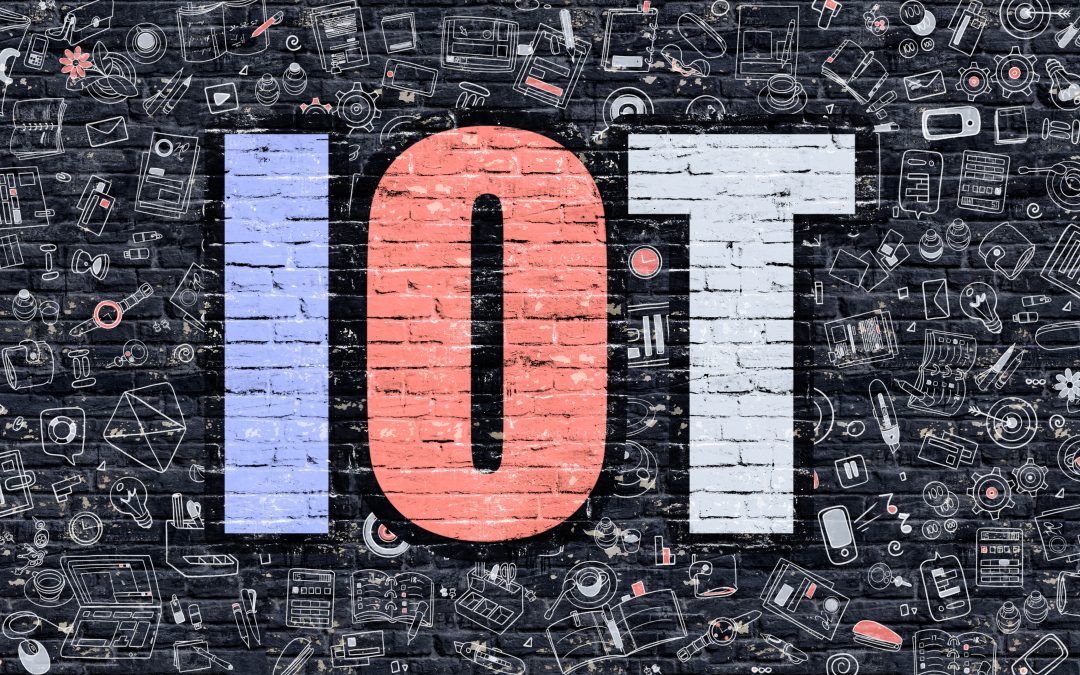
For a small business setting up shop in the age of digital transformation, keeping up with the latest tech trends can be an overwhelming feat. Just when you get your head around cloud and virtualization security, it’s time to look ahead to the Internet of Things (IoT), and how you can incorporate its far-reaching power into your growing business plan. Although it might seem daunting, I recommend that all start-ups get in on IoT sooner than later. In fact, being small, agile, and born in the digital generation, they’re the perfect companies to do so.
According to Gartner, there are approximately 8.4 billion interconnected devices in the IoT. That number is expected to increase exponentially by 2020. In fact, IoT devices are already so pervasive that we likely do not even realize we are using them—from the geolocation technology on our smartphones to the real-time security cameras and energy controlled through Nest. The truth is, as we move toward 2020, virtually ever “thing” in our lives will be controlled via the IoT, and with good reason: it holds tremendous potential to boost productivity and efficiency, both in our businesses and our personal lives. Having said that, it’s still necessary to approach your dive into the IoT with some degree of strategy. The following are a few things to help you ensure the IoT is truly working for you and your business.
Be Prepared to Capture—and Use—Data
One of the greatest possibilities—and pitfalls—of the IoT is its tremendous power to capture information about our customers and employees. This data can help us spend smarter on targeted marketing campaigns; anticipate customer demands and concerns; and improve the workflow among our employees. But here is the kicker: the data is only useful if you are ready and able to analyze it in a meaningful way. Because the IoT is so powerful, it’s possible to get bogged down in the influx of information. To make the IoT work for you, be sure you have a system in place to capture and analyze the data, setting meaningful benchmarks and algorithms to find information that truly matters to your company’s future.
Be Ready for BYOD Sprawl
Just like the sprawl that tends to creep up around cities, the BYOD holds similar sprawling potential. As more and more employees work remotely with increasingly connected devices, it can be difficult to manage the security and compatibility of so many different machines and “things.” Before you go full-steam into the IoT, be sure to have a clear security protocol for managing your BYOD program. If you don’t, you could end up with costly breaches that will hurt, rather than help, your growing business.
Expect Increased Efficiency—And Be Ready to Make It Work for You
The IoT doesn’t just save time in automating everyday tasks. With the IoT, literally everything will be faster, from your grocery store checkouts to your pizza delivery. Because it will create smarter cities and highways, it will also save lengthy commute time—time that your employees can now shift to more productive uses. As your company’s leader, you need to be ready to fill this time in a meaningful way. Make sure your employees understand your expectations for working remotely, including when you expect them to be accessible. For instance, with data and files accessible from almost anywhere via the cloud, it may no longer reasonable to go completely “offline” while waiting at the doctor or client, or sitting in a length meeting. As a small start-up venture, you have an advantage over your larger competitors in that you can build the type of remote work environment that works for your company—rather than trying to catch up with a mobility mindset later.
All companies need to ensure the returns on their investments are solid. That’s even more true for small businesses starting out in today’s fast-changing digital environment. The initial cost of investing in IoT capabilities may seem steep at the start, but the time and cost savings of being able to automate and work remotely should pay dividends if you are able to use your data, time efficiencies, and BYOD programs in meaningful ways.
Additional Resources on This Topic:
The Convergence of Mobility and IoT in the Workplace: 5 Potential Benefits for Your Bottom Line
IoT and AI: Improving Customer Satisfaction
The IoT Creating Value for Our Cities
This article was first published on FOW Media.
Daniel Newman is the Principal Analyst of Futurum Research and the CEO of Broadsuite Media Group. Living his life at the intersection of people and technology, Daniel works with the world’s largest technology brands exploring Digital Transformation and how it is influencing the enterprise. From Big Data to IoT to Cloud Computing, Newman makes the connections between business, people and tech that are required for companies to benefit most from their technology projects, which leads to his ideas regularly being cited in CIO.Com, CIO Review and hundreds of other sites across the world. A 5x Best Selling Author including his most recent “Building Dragons: Digital Transformation in the Experience Economy,” Daniel is also a Forbes, Entrepreneur and Huffington Post Contributor. MBA and Graduate Adjunct Professor, Daniel Newman is a Chicago Native and his speaking takes him around the world each year as he shares his vision of the role technology will play in our future.

